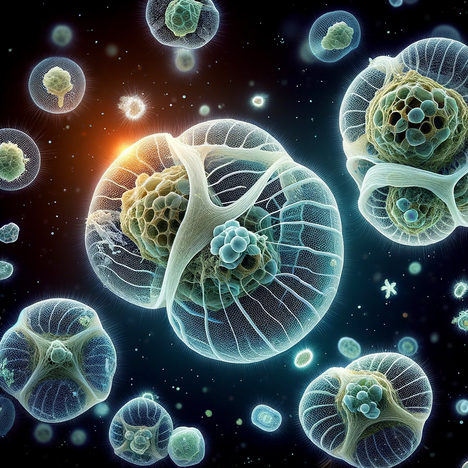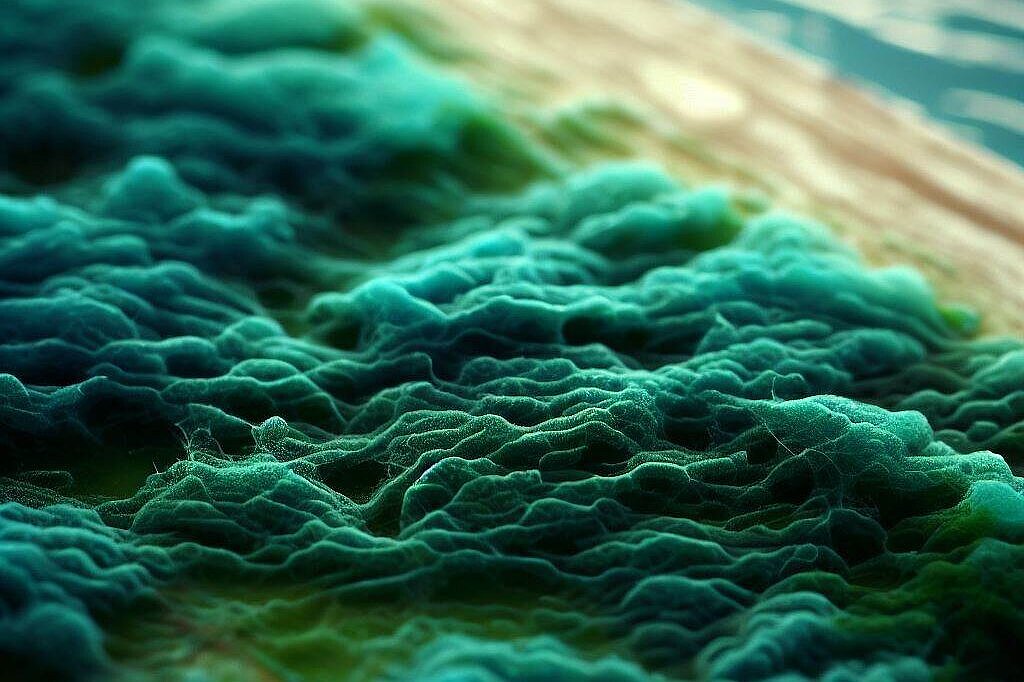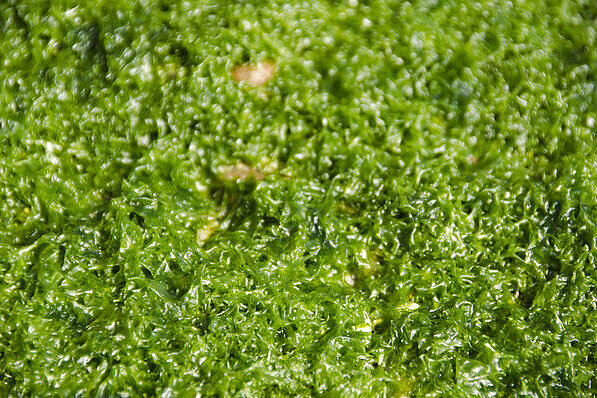Dinoflagellates

Why are dinoflagellates relevant for dogs?
Dinoflagellates can be relevant for dogs for various reasons. Firstly, some species of dinoflagellates can produce toxins that can be harmful to humans and animals. These toxins can lead to poisoning if dogs drink contaminated water or eat seafood that is contaminated with the toxins. The symptoms of such poisoning can vary depending on the type of toxin, but can include vomiting, diarrhea, seizures, paralysis or respiratory distress. On the other hand, some species of dinoflagellates in high concentrations can cause so-called algal blooms, which can color the water red or green. These algal blooms can reduce the oxygen concentration in the water and thus suffocate or displace other marine life. They can also smell unpleasant or irritating to dogs if they come into contact with the water.
Are there any benefits of dinoflagellates for dogs?
Not all dinoflagellates are harmful to dogs. Some species even have positive effects on the health of dogs. For example, there is evidence that some dinoflagellates contain antioxidants that can boost the immune system and reduce inflammation. These antioxidants can also improve the skin and coat of dogs and protect them from UV radiation. Some dinoflagellates also have antibacterial or antiviral properties that can prevent or fight infections. In addition, some dinoflagellates can serve as nutritional supplements for dogs, as they provide important vitamins, minerals and fatty acids.
Dinoflagellates are a diverse group of microorganisms that have both plant and animal characteristics. They are mainly found in seawater, where they form an important part of the phytoplankton. Some species of dinoflagellates can produce toxins or cause algal blooms that can be dangerous to dogs. However, other types of dinoflagellates can have positive effects on dogs' health by providing antioxidants, antibiotics or nutrients. Therefore, it is important to educate yourself about the different types of dinoflagellates and make sure that dogs only drink clean water and eat uncontaminated seafood.
If you notice any signs of hypersensitivity or poisoning in your dog, you should see your vet immediately. We are not a substitute for a vet, but we try to be as accurate as possible. Every dog reacts differently and we recommend you get a second opinion or consult your vet if in doubt.
Stay healthy and take good care of your four-legged friend!😊
Similar to Dinoflagellates
Diatoms are a group of microalgae found in almost all bodies of water. They are known for their unique cellular walls of silica, which give them a solid structure. Diatoms play a crucial role in the...
Cyanobacteria are microorganisms that photosynthesize and produce oxygen. They are among the oldest life forms on earth and come in different shapes and colors. Some cyanobacteria form long...
Green algae are not plants, but cyanobacteria. These are bacteria that photosynthesize and produce oxygen. Green algae are very small and can only be seen under a microscope. They often form green...
What is marine zooplankton? Marine zooplankton is the collective term for all small animals that float or swim in seawater. These include, for example, crustaceans, worms, jellyfish, snails and many...



